Interview to Turkish TV Channel Ulusal Kanal.
Interview to Turkish TV Channel Ulusal Kanal.
By Onur Sinan Güzaltan
After US President Joe Biden approved the use of American military equipment on Russian soil, Ukraine, for the first time, launched long-range missiles supplied by the US to target Russian territory. ATACMS missiles were fired into Russia’s Bryansk region. This event coincided with Russian President Vladimir Putin signing a new nuclear doctrine.
UWI author and political scientist Onur Sinan Güzaltan analyzed these developments in a live broadcast on Türkiye’s TV channel Ulusal Kanal.
Welcome, Mr. Güzaltan. We would like to hear your evaluation on the latest developments.
The Biden administration and the forces behind it -neocons, what is called the military-industrial complex and various financial groups, try to achieve two objectives by allowing the use of US made ballistic missiles against Russia in Ukraine.
First, they are making a move against the Trump administration. Second, to pit Russia against the entire Western bloc.
Reports of this decision appeared in The New York Times and Reuters. When US officials were asked about it, none gave a definitive response. This ambiguity is notable.
This decision was made on the same day Putin signed the new nuclear doctrine, which introduces an important change: If another nuclear-armed state enables a ballistic missile attack on Russian territory, Russia reserves the right to retaliate against that state. In this case, the nuclear-armed state is the US, while Ukraine carried out the attack. Thus, according to this new doctrine, Russia is justified in using nuclear weapons against the US.
However, this doesn’t necessarily mean Russia will respond decisively. Russian officials are undoubtedly aware that Biden, having lost the election, will soon be replaced by Donald Trump, who has promised to end the war. Yet there is also the reality that failing to respond to a provocation that crosses your red line can lead to more severe consequences later. This was an extreme provocation that crossed Russia’s red line, creating a significant risk of a larger war.
How do you see the developments in the context of Trump assuming the presidency on January 20th?
By electing Donald Trump as president, the American public has essentially accepted the multipolar world. The remaining question is whether the American state – the Pentagon, CIA, and the military-industrial complex — will accept this. Don’t forget that there were three assassination attempts on Trump during his campaign.
Do you think this provocation could be aimed at hindering Trump’s presidency?
Several possibilities exist. As I mentioned earlier, the lack of clear confirmation from US officials is intriguing. Within the US government, there are likely officials who understand that this provocation could drag the country into a war with Russia. There are also forces within the US state that do not want a war with Russia. They might try to prevent this scenario. Therefore, the coming period holds many uncertainties. We might witness even conflicts within the US, as exemplified in the case of the Congress Raid.
How do you interpret Russia’s increased battlefield advances following Trump’s election?
Russia had been facing resistance from Ukraine’s defensive positions for some time. During the summer, these positions began to collapse, and Russia began to make faster progress.
Ukraine is now exhausted, having suffered heavy losses, logistical challenges, and political issues. Russia’s advances are happening in a leapfrog manner, overcoming Ukraine’s resistance points opens a broader path forward. If this trend continues, Ukraine’s entire front line would collapse.
Could the US’s decision be a response to Russia’s rapid progress?
Military experts could better evaluate the military gains of this decision for the US. If the expectation is that Russia would retreat due to this step, it is unrealistic. Russia has learned from its experience in the 1990s, where retreat led to a survival crisis. These lessons prompted Russia to make the first move in Ukraine.







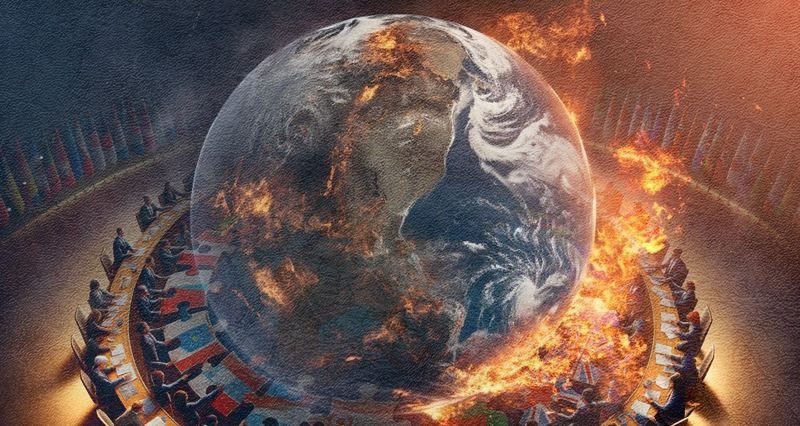
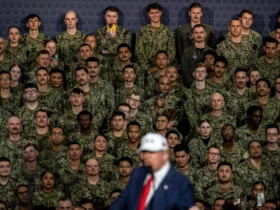
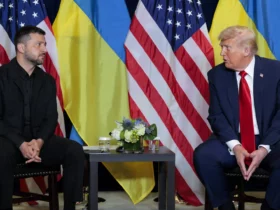
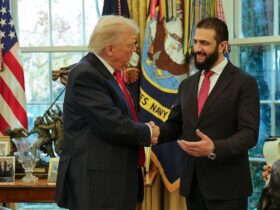
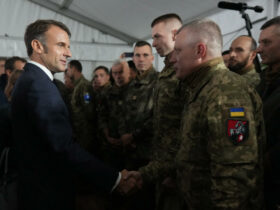
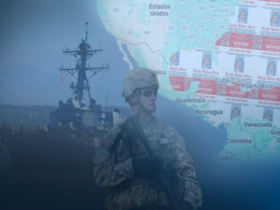


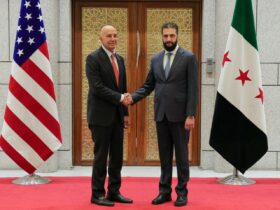

Leave a Reply